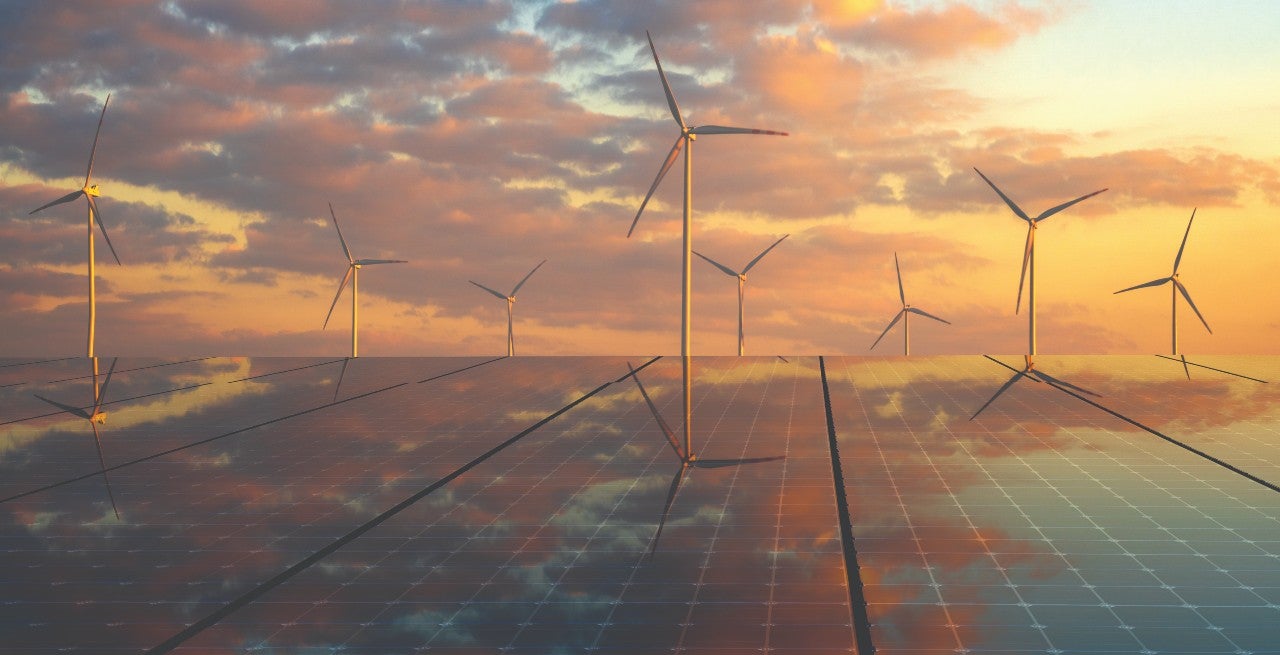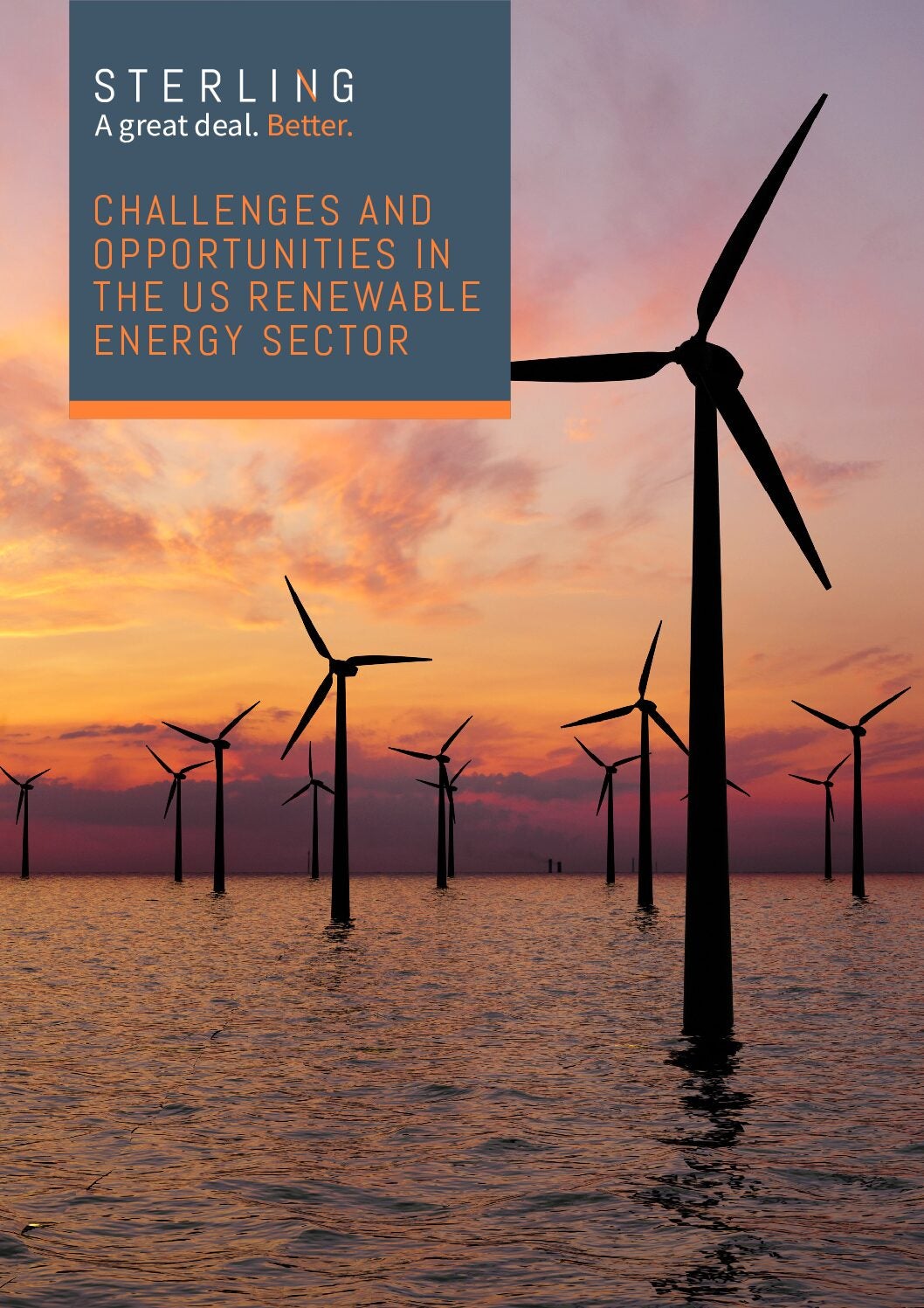
According to Energy Monitor’s editor in chief Sonja van Renssen, “the energy transition… became more, not less, important following the Russian invasion of Ukraine.” With global fossil fuel markets in turmoil, she says, “energy security back in the spotlight and now inflation and a cost-of-living crisis to boot, these are the topics that are making headlines: energy efficiency, renewables, nuclear power, green hydrogen, energy storage, electric vehicles and critical minerals.”
All of this, says van Renssen, reflects “a new urgency to understand and engage with the global energy transition to net zero.”
Coupled with the ramifications of European climate law, where EU countries must cut greenhouse gas emissions by at least 55% by 2030, for the responsible investor financing infrastructure projects in the renewable energy sector certainly looks like a win-win: investing in an asset class with potentially strong returns while contributing to the fight against climate change. But against a backdrop of soaring inflation and interest rates, and in an unstable energy market that has been rocked by Russia’s invasion of Ukraine, is it still an attractive option for those looking to invest in Europe’s transition to net zero?
In recent years, as more and more countries have committed to decarbonising their economies, the market has seen aggressive growth across a variety of sectors. It has expanded to accommodate a growing range of asset classes and sub asset classes – not just solar and wind but also battery energy storage (BES), standby power and synchronous condensers – technologies focused on ensuring stability of supply, plugging the gaps left by shortfalls in the availability of solar and wind, as well as opening up new lines of supply in response to Russia’s war in Ukraine.
All of these factors, says Jacob Lloyd, Head of Specialist Asset Finance, Structured Finance, NatWest, “lead to a large decarbonisation agenda which only benefits the renewable energy market, both in terms of investor and bank appetite.”
A fast-evolving sector
“There’s always a solar or wind project, and there’s typically always a battery storage project,” Lloyd continues. And then there are newer, niche projects such as those synchronous condensers – synchronous machines used in hybrid energy systems to help maintain system voltage. “The opportunities are fast flowing across all of Europe. And they don’t seem to be slowing down.”
As with any fast-evolving sector, it has its share of challenges too. In the UK, says Lloyd, the main stumbling block is planning: “It’s planning, it’s getting consent and grid connection dates to actually accelerate your project delivery,” he says.
“So, if you’re looking to have something in place in the next two years, you may find there’s no grid connection available for another seven or eight years. Which is massive – not many people come to work expecting to get paid for that work in seven years’ time. It’s a kind of deregulation question around can you allow for speedier consents?”
Another key issue is, of course, costs, which are increasing in line with inflation and interest rates. As higher interest rates impact the internal rate of return (IRR), investors may wish to look towards slightly higher-risk sectors such as battery energy storage systems, which potentially yield higher returns, says Lloyd. Lenders can help by structuring deals and projects to better financially benefit the sponsor.
It may seem counterintuitive, adds Lloyd, but green energy investments don’t get a free pass when it comes to environmental, social and governance (ESG). Questions remain around these relatively new and constantly evolving technologies: “On batteries, you have a question around lithium mining; on wind, you have a question around the recyclability of the asset class; and on solar you have similar questions on PV [photovoltaics] and more of the ‘S’ of ESG on the social side of supply. So, something that in theory is net contributing to more green science still draws questions around its ethical governance.”
The scramble for alternative energy sources
No assessment of current industry conditions would be complete without addressing the impact of the war in Ukraine. Across Europe, it has exposed historical dependencies on Russian fossil fuels and left many countries scrambling to find alternative energy sources. As such, says Lloyd, “it has massively accelerated the transition to alternative renewable supplies. Germany has really stepped up its investment in wind and solar, which in turn leads to further development of things like battery storage, as well, to help with stabilisation.”
Another sector that is seeing increased activity in Germany is hydrogen. But, says Lloyd, the question is “whether there’s an investable, bankable model. Because your pipeline of deals on wind and solar is massive – you get RFPs [requests for proposal] almost weekly or daily on new sites that have been bid for.” Whereas hydrogen is “a less developed sector, but one that everyone seems to have a very keen interest in, both from an investor and a lender standpoint.”
Looking at the UK, the restrictions on Russian oil have had a “bumper impact” on the battery storage market, he says, complicating matters for financiers. “The BES market has outperformed its forecasts by 50%, 60%, 70% – in some cases, even higher – which, for a fairly nascent sector, makes for difficult forecasting from a lender. Because clearly you’re taking a very economically uncertain point in time, doing the forecast on what is largely merchant revenues.”
Reassessing the risk curve
When it comes to investing in green energy infrastructure, the choice between subsidy-led and merchant assets and projects is one that may be determined by risk profile, but Lloyd believes lenders are increasingly open to deals on the merchant side. This has meant “reassessing what you view as a risk curve”. If you take wind and solar projects that are fully contracted under a power purchase agreement (PPA), “that’s a relatively straightforward risk – if it’s inflation linked as well, it’s very straightforward, because what you look at is a number which will pay you in theory, as long as there’s no catastrophic issue of the subsidy level or the PPA level for the length of the project.
“What’s changed in the past few years is taking a slightly more risked view on some other asset classes. I use batteries, I use merchant solar, which is corporate PPA solar, things like that which are traditionally not what the project finance world did, but are now getting more and more liquidity from more lenders. It’s not quite as broad as other spaces, but you still have more interest in [what are in] theory higher-risk assets and higher-risk cash flows.”
Many investors, naturally, are drawn by the prospect of higher returns in exchange for higher risk. And, as the market shifts from government-subsidised projects towards a growing private sector, the returns are visible for all to see, creating further interest.
“But obviously, it’s not traditional project financing with traditional cash-flow lending. There’s a weigh-up of IRR versus cost of debt, and potential forecast returns on a merchant model. And that’s the debate that’s been had more over the past 18 months more than it has in the past five or six years in traditional renewables.”
Lenders can be more focused on this question of merchant versus state-subsidised than they are on the type of underlying project – geothermal, bioenergy, hydrogen, synchronous condenser and so on – says Lloyd.
“The other end of the scale is 100% government subsidy inflation-linked contracts for 20 years. I don’t know all of the underlying contract [types], but if they were effectively quasi-government or quasi-large-corporate with very little walk-away rights, there’s going to be appetite for them. Because there’s huge appetite from lenders to look at transition technologies. There’s huge appetite from states to look at transition technologies. But ultimately for banks, taking the less risky position is the place they’re going to be.”
Deploying more capital
Looking to the future, Lloyd is optimistic about the growth of the sector, and lenders’ potential to contribute to progress towards net zero. “The question we have in energy transition is: how do we do more? How do we lend more into BES, how do we lend more into solar, into wind? How can we deploy more capital into these spaces?”
NatWest is among the leaders in this area, having committed to providing an additional £100bn of climate and sustainable funding and financing between 1 July 2021 and the end of 2025. Recently, professional services firm Alvarez & Marsal placed NatWest at the top of its list of European and US banks that are capitalising on net zero transition opportunities.
Discover further insights:
To learn more, download our new report ‘M&A and financing in the post-pandemic European renewable energy sector’, published in association with Sterling Technology – the leading virtual data room for renewable energy dealmaking.



